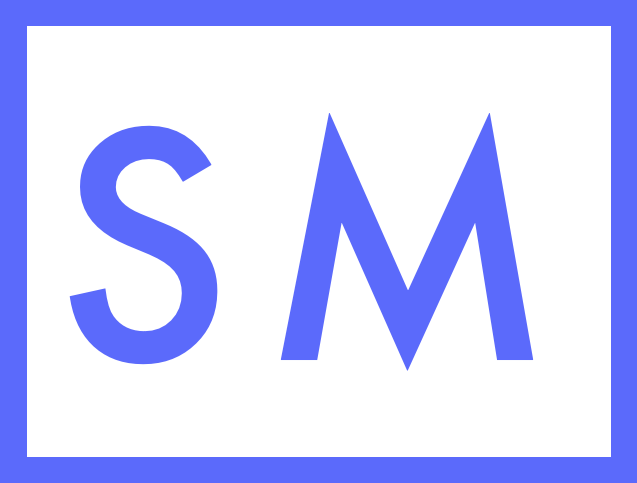Brah. This “setup line” lowkey turns respondents into little Buddhas
Several years ago, I went to the doctor because I thought I had Hashimoto’s disease – an autoimmune condition that runs in the family and could explain an unusually long bout of fatigue.
“What’s the problem?” the doctor said.
I repeated everything I'd already typed on the intake form. When I finished, he ordered a blood test and instructed me to create a profile in their online portal.
Then he left.
The entire exchange was cold and mechanical; I went home wondering if I’d explained my symptoms correctly.
But this isn't a story about mediocre healthcare, or my immune system (the results were negative).
It's about how one sentence could have fixed my interaction.
Imagine if the doctor opened by simply echoing my concerns: "I understand you booked an appointment because you have Hashimoto's disease in your family. What else can you tell me about what you're experiencing?"
That simple acknowledgment would have led to a better conversation – one where I could add details instead of restating my story.
The same principle applies to surveys.
Just as I struggled to explain my symptoms when abruptly asked, "What's the problem?" survey respondents struggle when hit with ham-handed questions like, “Which of the following areas had the most influence on your likelihood to recommend?” But like a thoughtful doctor, providing a little context can transform the quality of responses.
For example:
Last week, an agency enlisted my help for a pitch.
Their potential client wanted to expand its advertising beyond sponsored social media content. The agency knew traditional channels like TV impact brand perception differently, but they needed data to quantify this effect and support their channel recommendations.
In my first draft of a survey, I planned to show respondents the brand's logo and ask, "How do you think seeing this brand advertised in each channel affects your likelihood of considering it?" They could choose "more likely," "no effect," or "less likely” for 10 channels.
This is a bad question.
When I read it back, I realized I'd made my doctor's mistake - I’d dropped respondents into the deep end without any context.
Think about it.
How could anyone consciously calculate how different advertising channels shape their perception of a brand? Most of that influence happens beneath our awareness.
To fix the question, I added this setup: "When you see a brand advertised in different places, it can affect how seriously you might consider trying it. How do you think seeing this brand advertised in each channel affects your likelihood of considering it?"
This setup gave respondents a clearer path to accessing their intuitions about how different channels influence them, just as acknowledging my Hashimoto's concerns would have given me a better foundation for discussing symptoms. If they were unsure, they could choose "I don't know” – a new response option I added.
Of course, these respondents are still making educated guesses about unconscious perceptions. But think back to my doctor's visit: while framing the blood test differently wouldn't have changed my diagnosis, it would have changed the quality of our interaction – and that matters.*
The value of a survey question isn't just the data it collects but its ability to tell a story on its own.
Need help using surveys to tell yours?
Consider booking a Survey Roast. Send me your survey draft, and for $145, I’ll make a 15 minute Loom video with copy-and-paste edits and suggestions.
From question setup lines to response formats and scale design, I'll show you how small design tweaks can dramatically improve your survey data quality.
Cheers,
Sam

